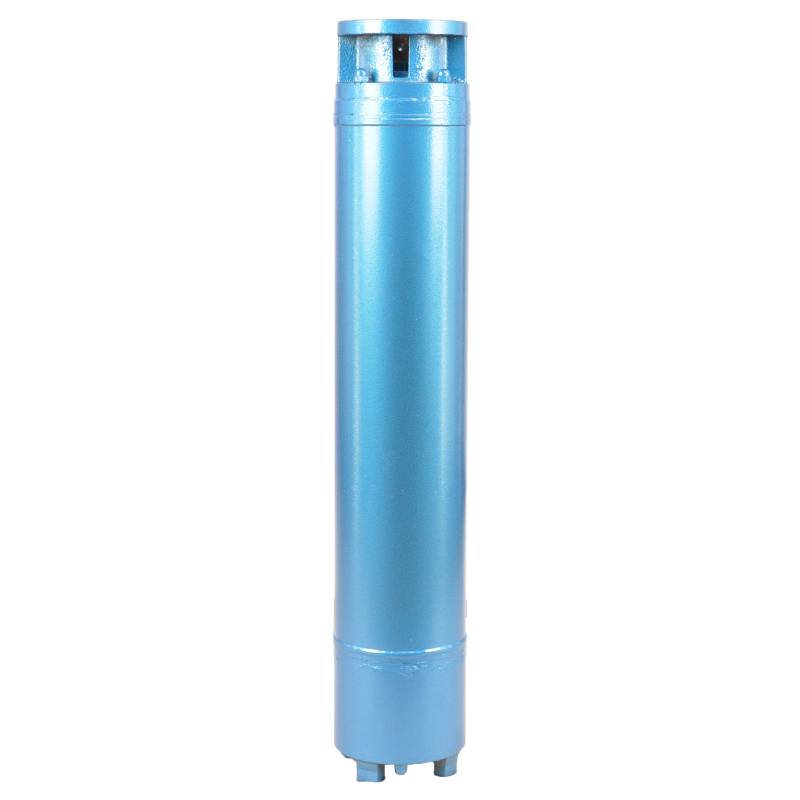Aza . 08, 2024 03:05 Back to list
How long can a submersible pump operate without interruption?
How Long Can a Submersible Pump Run Continuously?
Submersible pumps are an essential component in numerous applications, including water supply systems, wastewater management, and agricultural irrigation. These pumps are designed to operate underwater, making them ideal for a variety of challenging environments. One common question among users and operators of submersible pumps is, How long can a submersible pump run continuously? Understanding this aspect is crucial for maintaining efficiency, reliability, and longevity.
Understanding Submersible Pumps
Before delving into the operational time of submersible pumps, it's important to understand their components and functionality. A submersible pump consists of a motor, impeller, and various sealing and protection systems. The motor is hermetically sealed and typically lubricated with oil, allowing it to operate fully submerged. The main advantages of submersible pumps include efficient operation, reduced risk of cavitation, and the elimination of priming issues commonly found in other pump types.
Continuous Operation Duration
The runtime of a submersible pump can vary significantly based on several factors, including design, application, environmental conditions, and maintenance practices. Generally speaking, many submersible pumps are designed for continuous operation; however, some important considerations must be taken into account.
1. Pump Design and Specifications The manufacturer’s specifications provide initial guidelines on the continuous operation capabilities of a particular pump model. Some pumps are engineered for prolonged use, whereas others may have limitations based on their motor and component materials. Heavy-duty submersible pumps, for example, might be rated for continuous operation, whereas smaller, less robust models may require periodic rest.
how long can a submersible pump run continuously

2. Motor Cooling The cooling of the motor is a crucial factor in determining how long a submersible pump can operate continuously. Submersible pumps often utilize the surrounding fluid for cooling. However, if the fluid is hot or the pump is not adequately submerged, the motor can overheat, leading to premature failure. Ensuring that the pump is entirely submerged and that the fluid temperature is within acceptable limits is essential for continuous operation.
3. Duty Cycle The duty cycle of a pump refers to the ratio of operating time to rest time. Even if a pump is rated for continuous operation, adhering to a duty cycle can prolong its lifespan. For example, operating the pump constantly at high capacity may be possible, but allowing it to rest periodically helps disperse heat, reduces wear, and prevents potential failures.
4. Environmental Factors The conditions in which the pump operates can also influence how long it can run continuously. Factors such as the temperature of the surrounding water, the presence of debris or solids, and the chemical composition of the fluid can significantly impact the pump's efficiency and longevity. Harsh environments may require more frequent maintenance and may limit continuous operation.
5. Maintenance Practices Regular maintenance plays a vital role in ensuring the longevity of submersible pumps. Users should follow the manufacturer’s guidelines for checking bearings, seals, and motor performance. Proper maintenance prevents wear and tear, which can shorten runtime. Additionally, clearing any obstructions in the pump’s intake or discharge lines can enhance performance and minimize downtime.
Conclusion
In conclusion, while many submersible pumps can run continuously, several factors influence their actual operational duration. The design and specifications of the pump, along with its cooling mechanisms, duty cycle recommendations, environmental conditions, and maintenance practices, all play significant roles. Generally, with proper care and attention, a submersible pump can serve its purpose effectively over long periods, often exceeding several years of continuous use. Users are encouraged to consult the pump’s manual and adhere to best practices to achieve optimal performance, reduce the risk of failure, and maximize the lifespan of this vital equipment. By being proactive and attentive, operators can ensure that their submersible pumps run smoothly and efficiently for as long as possible.
-
Water Pumps: Solutions for Every Need
NewsJul.30,2025
-
Submersible Well Pumps: Reliable Water Solutions
NewsJul.30,2025
-
Stainless Steel Water Pumps: Quality and Durability
NewsJul.30,2025
-
Powerful Water Pumps: Your Solution for Efficient Water Management
NewsJul.30,2025
-
Oil vs Water Filled Submersible Pumps: Which is Better?
NewsJul.30,2025
-
Deep Well Pumps: Power and Reliability
NewsJul.30,2025
-
 Water Pumps: Solutions for Every NeedWhen it comes to handling dirty water, the dirty water pump is a must-have.Detail
Water Pumps: Solutions for Every NeedWhen it comes to handling dirty water, the dirty water pump is a must-have.Detail -
 Submersible Well Pumps: Reliable Water SolutionsWhen it comes to ensuring a reliable water supply, submersible well pumps are a top choice.Detail
Submersible Well Pumps: Reliable Water SolutionsWhen it comes to ensuring a reliable water supply, submersible well pumps are a top choice.Detail -
 Stainless Steel Water Pumps: Quality and DurabilityWhen it comes to choosing a water pump, the stainless steel water pump price is a crucial factor.Detail
Stainless Steel Water Pumps: Quality and DurabilityWhen it comes to choosing a water pump, the stainless steel water pump price is a crucial factor.Detail
